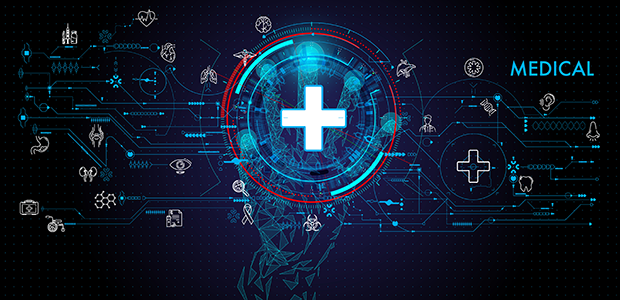
2024’s most influential digital health tech trends
The COVID-19 pandemic catalysed the rapid growth and widespread adoption of digital health solutions, with the UK market expected to grow to $18 billion by 2029.
Alternative models of healthcare and emerging technologies are both improving access to healthcare and the way care is delivered, making the provision of services more efficient, personalised and patient-centric.
Marion Jeng, Associate at DAI Magister, has outlined the innovations poised to transform the digital health landscape in 2024.
-
Remote patient monitoring and management
Digital health solutions are expected to have a significant impact on the management of chronic illnesses and monitoring of patients.
Jeng commented: “Remote patient monitoring using wearables and Internet of Things (IoT) devices are becoming more widely accepted and relied upon, particularly for managing chronic conditions and post-operative care.
“The reporting of continuous real-time data on a patient’s health status has proven crucial in detecting early signs of deterioration, monitoring treatment effectiveness and adjusting care plans. Not only does this improve patient outcomes and reduce hospital readmissions but it also advances the overall quality of care.”
-
Hospital at home
According to Jeng, digital innovations are transforming the way healthcare providers operate by streamlining processes, improving efficiency and enhancing collaboration among healthcare professionals.
Jeng said: “Hospital at home programmes represent a paradigm shift in the delivery of a more patient-centric approach to healthcare, offering patients high-quality, acute-level care in the comfort of their own homes.
“The emergence of healthcare platforms, used to monitor and manage patients remotely, extends care beyond the walls of traditional healthcare facilities. By leveraging a combination of wearable devices, mobile apps and remote monitoring technologies, healthcare providers are able to ascertain patients' health status from real-time data.”
-
Medical teleradiology
Teleradiology, involving the remote transmission of radiological images between locations, extends medical expertise to rural and underserved areas.
Jeng commented: “As the demand for radiological services continues to grow, driven by an ageing population and the increasing prevalence of chronic diseases, the adoption of teleradiology is set to expand further, playing a vital role in improving the quality, accessibility, and cost-effectiveness of diagnostic imaging services within the healthcare ecosystem.
“By extending access to qualified medical professionals regardless of patient location, the utilisation of radiological resources is optimised, offering round-the-clock imaging services and ensuring patients receive timely and accurate diagnoses.”
-
The Role of AI and Generative AI
The healthcare industry, with its vast amounts of complex data, knowledge-intensive tasks and need for personalised care, is particularly well-suited to benefit from the application of AI and GenAI in 2024.
Jeng concluded: “The proliferation of real-time data monitoring from wearable devices and telehealth platforms has led to the creation of vast amounts of data containing valuable information about patient health, behaviour and outcomes.
“By leveraging AI and GenAI to analyse this data, healthcare providers and researchers can gain new insights into best practices for treatment and disease prevention in the pursuit of improving patient care.”
“We expect exits and consolidation are likely to increase over the next 18 months, with the pipeline of mature companies reaching an all-time high. As the health landscape continues to evolve, collaboration between traditional healthcare companies and digital health start-ups will be crucial in driving innovation and improving patient outcomes.”

